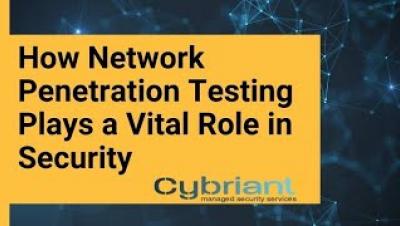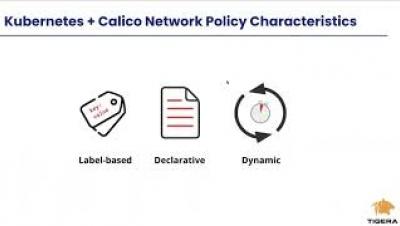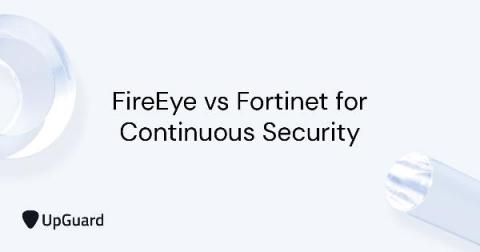Security | Threat Detection | Cyberattacks | DevSecOps | Compliance
Networks
How Netskope NewEdge Takes SD-WAN to the Next Level
With Gartner releasing its latest Magic Quadrant for WAN Edge Infrastructure earlier this month, it seemed an appropriate time to explore the intersection of SD-WAN and SASE. Both of these technological approaches hold great promise and are large, billion-dollar markets, sharing the common goal of connecting users to the data and applications critical to doing their job. The two technologies demonstrate the increasing overlap and tightening linkage between networking and security investments.
The Cloud Network Security Gap
Before we dive into the gap in cloud network security, let’s take a step back. If you’ve been in Operations for a while, you might remember how it used to be. “Network” was a team. When you needed to open a port on the network, you had to provide an exhaustive definition of the change, explaining what port you needed, what external addresses should be able to reach it, and where it should be routed to internally.
3 Zones that Require Network Security for Industrial Remote Access
By now, we have a good understanding of what secure remote access (SRA) is and why organizations might choose to enable it for their OT environments. We also know that securing IT-OT collaboration, leveraging guidance from best practice frameworks and using an automated solution can help organizations to implement this type of access. Even so, we still don’t have a detailed view of how to implement industrial remote access in practice.
How Tripwire Custom Workflow Automation Can Enhance Your Network Visibility
Tripwire Enterprise is a powerful tool. It provides customers insight into nearly every aspect of their systems and devices. From change management to configuration and compliance, Tripwire can provide “eyes on” across the network. Gathering that vast amount of data for analysis does not come without challenges. Customers have asked for better integration with their processes and third-party tools.
Extend Your Fortinet FortiManager to Kubernetes
Companies are leveraging the power of Kubernetes to accelerate the delivery of resilient and scalable applications to meet the pace of business. These applications are highly dynamic, making it operationally challenging to securely connect to databases or other resources protected behind firewalls.
Calico and K8s Network Policies - An Overview and Comparison
Deep packet inspection explained
Deep packet inspection (DPI) refers to the method of examining the full content of data packets as they traverse a monitored network checkpoint. Whereas conventional forms of stateful packet inspection only evaluate packet header information, such as source IP address, destination IP address, and port number, deep packet inspection looks at fuller range of data and metadata associated with individual packets.
FireEye vs Fortinet for Continuous Security
How does the fourth-largest network security company by revenue hold up against the first cybersecurity firm certified by the U.S. Department of Homeland Security? Fortinet's appliances and next generation firewalls (NGFW) have made it a category leader in unified threat management (UTM); let's see how they stack up against FireEye's comprehensive suite of enterprise security solutions.
Next generation firewall (NGFW) explained: What is a NGFW?
Traditional firewalls have been around for decades. But NGFWs, uninhibited by the same technology limits, take advantage of significant advancements in storage space, memory, and processing speeds. The feature set for NGFWs build upon traditional firewall features by including critical security functions like intrusion prevention, VPN, and anti-virus, and even encrypted web traffic inspection to help prevent packets containing malicious content from entering the network.









